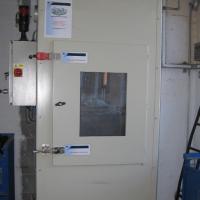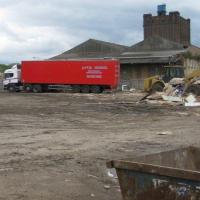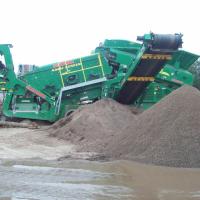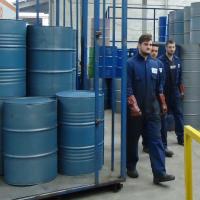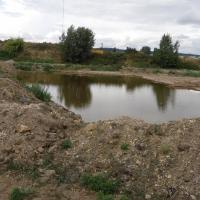Site Condition Report
When is a site condition report required?
In principle, a site condition report (SCR), also referred to as an H5 Site Condition Report, is required for any facility regulated or applying for regulation under the Environmental Permitting Regulations where there may be a significant risk to land or groundwater.
We have prepared site condition reports for recycling facilities, waste transfer facilities, docks and landfilling operations. As part of an application for a waste transfer licence we undertook a site condition report for an industrial site in Hull.
What is a site condition report?
An SCR describes and records the condition of the land and groundwater at a site at particular points in time. It will enable you to demonstrate that you have protected land and groundwater during the lifetime of the site and that the land is in a satisfactory state when you come to surrender your permit.
You can demonstrate this by:
- Producing the application part of the SCR when you first apply for an environmental permit. For installations subject to the IED this will satisfy the requirements to provide a “baseline report”.
- Updating the SCR during the lifetime of your permit as appropriate.
- Completing the surrender parts and submitting the fully completed SCR when you apply to surrender your environmental permit. In the last part of the SCR, you will describe what condition the land and groundwater are in at the time of surrender. If the land and groundwater are not in a satisfactory state, we will not accept your application to surrender your environmental permit.
Why do you need to produce a Site Condition Report?
It is in your own interest as an operator to produce a site condition report that will establish if there is any contamination present due to past activity, either from on or off-site sources.
An alternative approach would be for you to assume that the site is completely uncontaminated, irrespective of its previous history. This would mean that any contamination by substances used at, produced or released from your installation that is discovered when you applied to surrender your permit would be considered to have resulted from your operation of your installation. Your operation may have been exemplary but you would be unable to prove that the contamination found was already there, deposited by others. You would then potentially be liable for remediation work, and would be unable to surrender your permit until you had completed it satisfactorily.
You therefore need a point of reference at the start of operations or at the time the permit is issued so that when you want to surrender the permit you can demonstrate whether there has been any contamination of the site due to your operations, and ensure that the condition of the land and groundwater are in a “satisfactory state” when you apply to surrender the permit.
If the SCR identifies potential historical contamination?
The Environment Agency Guidance for applicants, H5 Environmental Permitting Regulations states:
"You must consider the land use and pollution history of your site. You may find that the land and groundwater could already be contaminated with the same substances which could be emitted from your activities in future (as identified in your H1 risk assessment).
Where these circumstances exist, and you have identified in your risk assessment a pathway by which these substances could theoretically reach the land and groundwater as a result of your operations, we recommend that you take samples of soil or groundwater and measure levels of contamination, in order to provide baseline data characterising the site. If you don’t collect this information then, when you apply to surrender your permit we may have to consider that any contamination found was caused during the lifetime of the permit and require you to undertake remediation.
Unless you are able to provide evidence of the degree of pre-existing contamination, we will have to assume that it was zero, which could have serious consequences for you."

